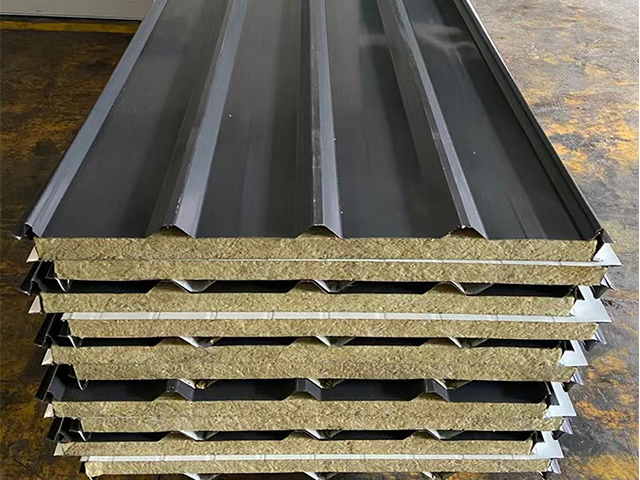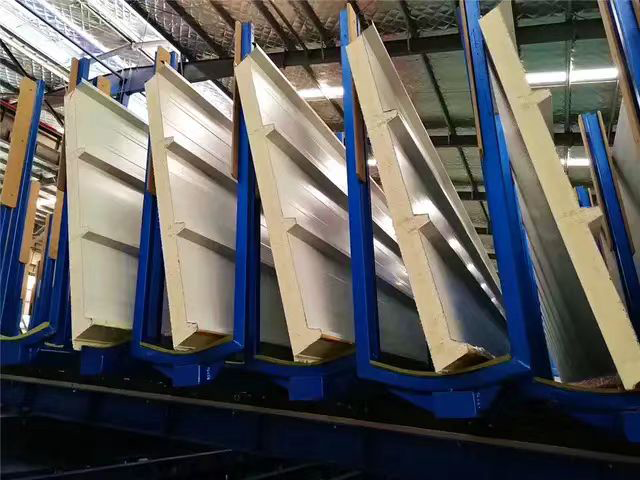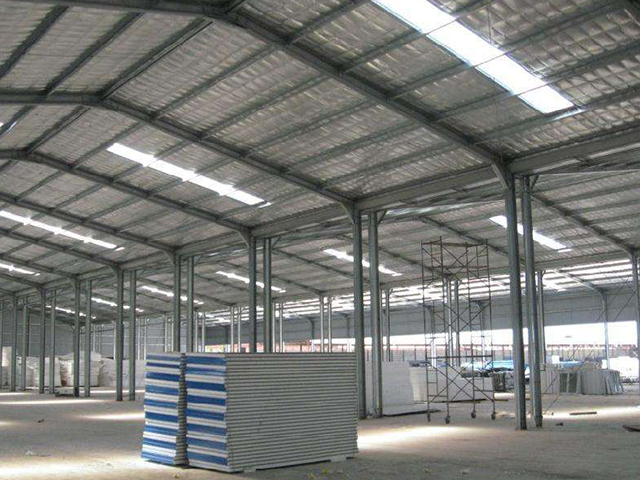Strategic planning and careful execution is necessary for achieving maximum value and efficiency while designing a metal warehouse with long-lasting durability. We focus here on warehouse design integrative considerations, Environmental and technological insights related to warehouse design, and material selection.
Material Selection
Choosing the metal for the warehouse is crucial. Steel is one of the most popular choices due to its strength, resistance to corrosion, and ability to endure different weather conditions. Galvanized steel is better since it is resistant to rust, which is useful for warehouses located in humid areas. Coastal areas tend to be more humid, so having insulated materials on the structure aids in temperature control and energy efficiency.
Structural Integrity
Safety is paramount when it comes to warehouses, and the building’s structural outline should be carefully developed with these considerations in mind. Engaging qualified professionals, both architects and engineers that have experience in the field, is necessary to ensure that the warehouse meets the local building compliance and safety regulations.
Additional crucial considerations such as the structural components including the load bearing limit, spacing of steel beams, and even the accumulation of water on the roof pose safety issues. If the discussed structural design features were to be habitual, then the safety would be even greater, and the building could be further reinforced.
Environmental Considerations
A metal warehouse’s environmental impact needs to be evaluated just as much as the building’s design and layout. It needs careful consideration on the building’s location, how the drainage systems work, and if and how the area has been prone to natural disasters. There are also ways to minimize the warehouse’s carbon footprint, such as environmentally sustainable practices, the use of green building materials, and the installation of eco-friendly systems. More so, some building designs can endure strong winds and heavy snowfall, which makes the structure last longer and makes it safer to use.
Technological Integrations
Automation is being integrated into modern warehouses to improve productivity and longevity. Automated systems for security, climate control, and other functions are some of the most useful foresights of modern technology. With the implementation of smart technology, the health of the building can be monitored and maintained in advance, thus reducing unnecessary repairs. In addition, smart lighting and climate control systems can also cut operational costs and improve sustainability.
Future Trends in Warehouse Design
There is a rising focus on the incorporation of green building practices and smart technology into warehouse design. With more warehouse space being made available in response to the rising demand for e-commerce, warehouses are quickly intended for faster logistics, enhanced automated functions, and more.
Other expanding trends are modular construction and the use of renewable energies. The operational efficiency and sustainability goals of companies increase the demand for low maintenance metal warehouses, boding well for the future of this industry.
In conclusion, building a metal warehouse intended to withstand large stresses over time requires an optimal choice of materials, construction techniques, technological components, and green design integration. With these considerations, companies can build warehouses that serve their essential functions and that are durable.






